Python and JavaScript are two popular programming languages out there. Both are high-level programming languages, open-source, and free to use. Python is an object-oriented language used primarily for web and app development. It is very useful in the field of data science and Rapid Application Development (RAD).
On the other hand, JavaScript is a scripting language that forms the basis of modern websites, along with CSS and HTML. This article will compare the two, i.e., Python vs. JavaScript.
If you find it difficult to choose between Python and JavaScript for web development, we have made it easier by providing detailed differences.
Python vs. JavaScript: A Head-to-Head Comparison
| Python | JavaScript |
| You need to install a Python interpreter to run the Python file. | JavaScript needs no interpreter or compiler to run its files. The JavaScript files can run in the browser. |
| Python files can run on Windows, Linux, and macOS, but to do so, you need to download a Python interpreter . | It is platform-independent, and thus, it can run on all platforms. JS needs a browser to run. |
| The syntax of Python is easier to learn as it uses spacing. | JavaScript is also easy to learn, but unlike Python, it uses C notation and curly brackets for closures and blocks. |
| Python has different data types , such as integers and floating-point numbers. | JavaScript has only the floating numeric data type. |
| Python has the concept of an associative list known as a dictionary. | JavaScript does not have the concept of an associative array or list. |
| It uses indentation to indicate what block of code a statement belongs to. | JS uses curly braces. |
| Python has many data types that use index calls. Examples are lists, tuples, sets, and dictionaries. | JavaScript only has arrays that use index calls. However, the syntax of calling an array and list is the same. |
| Python follows the concept of OOPs. | JavaScript also follows the concept of OOPs. |
| It has the concept of mutable and immutable data types. | JS does not have the concept of mutable and immutable data types. |
| Python has many libraries, including third-party. | JavaScript has tons of libraries. |
Difference Between Python and JavaScript (Python vs JavaScript)
Both programming languages offer a bright future to developers. JavaScript dominates Python on the web, but it comes out on top when it comes to data science and AI . Before we compare the two popular programming languages (JavaScript vs. Python), let’s briefly introduce both.
What is Python?
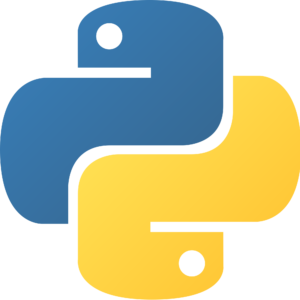
First introduced in 1991 by Guido van Rossum, Python is one of the most trending languages. From the beginning, it is a high-level language that follows the concept of object-oriented programming. As an interpreted language, Python reads the source code line by line and executes it in the same.
In the current scenario, Python is the only sorted and popular language after Java . The versatile nature of Python makes it more potent than every other programming and scripting language. In addition to developing desktop and web applications, Python has applications in data analysis, scientific analysis, machine learning, task automation, data visualization, and 2D and 3D game development.
History
In the late 1980s, Guido Van Rossum started the development of Python as a successor to the ABC language. He released the first version of Python, i.e., Python 0.9.0 in 1991. He was the sole leader responsible for developing the Python project and continued to maintain the Python language till 2018. Because of his work and dedication to the Python project, he was called Python's "benevolent dictator for life".
After many years of the release of Python's first version, Guido released Python 2.0 in 2000, which included many brand-new features. The year 2008 witnessed the release of Python 3.0. However, many major features of Python 3.0 were backported to Python 2.6.x and Python 2.7.x.
One of the major releases in Python 3.0 was the
2to3
utility, which automatically translates Python 2 code to Python 3. Python's latest and most stable version is Python 3.9 as of 2022.
Features
The following are some of the remarkable features of Python:
- Object-Oriented: Python supports all four concepts of object-oriented programming, namely inheritance, encapsulation, abstraction, and polymorphism. Being an object-oriented language, everything in Python works like an object, along with its properties and methods. It is not centered around functions and logic.
- High-Level: Since Python is a high-level language, developers do not need to concentrate on managing the memory and remembering the system architecture.
- Extensible: It is an extensible language because it is possible for developers to embed Python code into C or C++ code. More interestingly, we can compile that embedded Python code into C or C++ languages.
- Interpreted: As Python is interpreted, the interpreter reads each line of the code and executes it immediately. This makes debugging Python code easier than in other languages. Also, compiling Python code is unnecessary, which saves time.
- Portable: It is a portable language because the Python code you write on the Windows platform can run on macOS or Linux platforms without making changes.
- Standard Library: The standard library is so comprehensive that it provides various functions and modules to accomplish various tasks.
- Dynamically Typed: Python is a dynamically typed language. This means there is no need to define the data type of variables while declaring. The Python interpreter automatically determines the data type of variables at runtime.
Example
#Hello world on Python
print(“hello world”)
#output
hello world
Advantages
- It is quick and easy to learn compared to other object-oriented languages .
- It supports multiple platforms.
- The syntax of the language is well-organized and easy to read.
- It is a dynamic language, so you do not need to define the variable datatype.
- It has a large community.
- Supports the OOPs concepts.
- It has a large number of libraries .
Disadvantages
- Python doesn’t have good multi-core and multi-processor capabilities.
- There is a limitation to accessing the database.
- It is slow compared to other languages, such as Java and JavaScript .
What is JavaScript?

JavaScript is a high-level programming language used as a scripting language for both the client and server sides. It does not need any compiler, interpreter, or assembler to run its files. Instead, it runs inside the web browser. However, it can run outside the browser as well via NodeJS .
Often, people are confused that JavaScript is related to Java because of the similarity in the names. However, JavaScript is completely different than Java. While JS is a web scripting language, Java is a full-fledged programming language.
JavaScript is popular among all scripting languages. It powers most of the websites available on the internet today. The main function of JavaScript is to create dynamic web pages that can make user and server interaction amazing.
Big giants such as Facebook and Twitter use JavaScript on their web pages to develop dynamic interfaces. JavaScript is not just limited to creating web pages. Instead, it is also used to build 3D games, manage databases, and more.
History
The year 1993 witnessed the release of the first web browser named Mosaic, which had a vital role in the popularity of the World Wide Web. The following year, the Netscape Corporation created a more polished browser called Netscape Navigator.
However, during those years, web pages could only be static. They did not have the ability to change content when they were loaded in the browser dynamically. To overcome this drawback, Netscape decided to add a scripting language to Navigator. To do so, they had only two options, as follows:
- Collaborate with Sun Microsystems to embed Java.
- Hire Brendan Eich to embed the Scheme language.
But later, they decided to hire Brendan Eich to create a new language having syntax similar to Java and less similar to Scheme. This is where a new language, currently JavaScript, came into existence. They named it LiveScript earlier but changed it to JavaScript before the language's official release.
Features
The following are the salient features of JavaScript:
- Lightweight Scripting Language: Since JavaScript is not general-purpose and is designed for handling data on the browser side, it is a lightweight scripting language. It is completely geared towards creating web applications.
- Interpreter-Based: JavaScript is not a compiled language. Instead, it is an interpreted language that reads and executes the code line by line.
- Dynamic Typing: Like Python, JavaScript is also a dynamically typed language. It does not require the explicit declaration of variables before using them.
- Platform-Independent: JavaScript code you write on one platform can run on others without making any changes. This means you can write code only once and run it anywhere. Hence, JavaScript is a portable language.
- Prototype-Based: Instead of classes, JavaScript leverages prototypes, where we need to define an object prototype and, using it, we can create more objects.
- Case Sensitive: JS is a highly sensitive language. All variables, functions, keyword names, and identifiers should follow consistent capitalization.
Example
#Syntax for popup alert box on the browser
<script>
alert(“Hello world”);
</script>
Advantages
- It can run on any browser.
- The speed of JavaScript is very fast. As it can run on client-server directly, this makes it very fast.
- It is very easy to learn.
- JavaScript is everywhere on the web. So learning JavaScript is a good career choice.
- It has a vast community around the world.
- It has a rich interface due to the drag-and-drop components.
- Nowadays, almost every web page uses JavaScript.
Disadvantages
- The JavaScript code is not secure. Also, the code is always visible.
- JavaScript DOM (Document Object Model) is not fast.
- Finding errors is very hard in JavaScript.
- Even a single error can stop the whole site interface.
- It does not have the concept of reading from the file or writing to it.
Python vs. JavaScript: Which One to Choose?
What programming language you should choose among the two depends on what you want to do with the programming languages .
Often people ask which programming language they should choose that can make a promising career. To be honest, with any programming language, Python or JavaScript, you can make a thriving career. The condition is that you need to be focused on what you are doing. Both languages are doing great in their specific field.
Before choosing between Python and JavaScript, you must know the answers to questions like:
- Why do you want to learn this language?
- Are you up to building fantastic dynamic web pages or want to work on artificial intelligence?
- Do you want to be a data analyst or want to learn code?
After understanding the constraints, go for the relevant option. If you are a complete beginner and have no idea which language you should choose and have no plans for any specific project work, you can choose either of the programming languages, i.e., Python or JavaScript. Both languages are easy to learn, and you will enjoy coding.
Conclusion
That sums up the JavaScript vs Python discussion. As you can deduce, each has its own strong and weak points. Nonetheless, both are among the most popular programming languages and the best options for building a career in programming. If you can't decide on one among the two, go for both.
People are also reading:
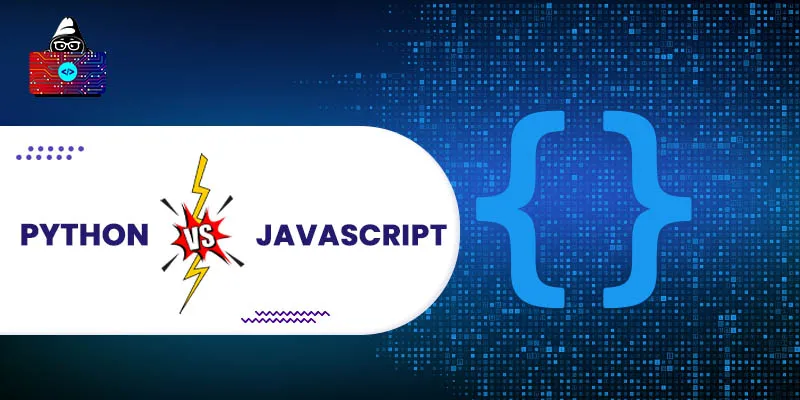

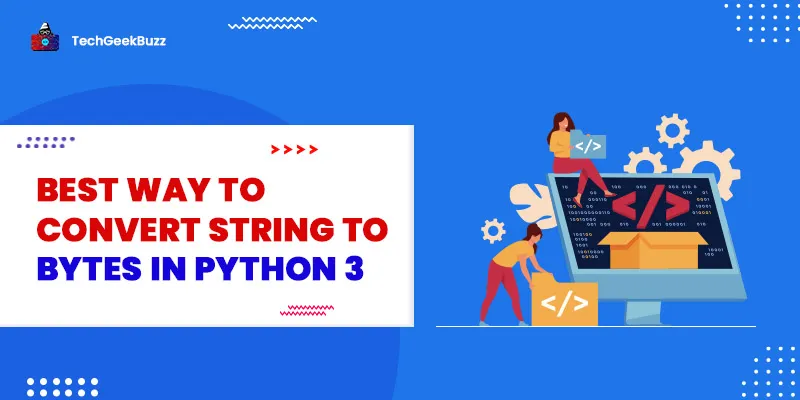
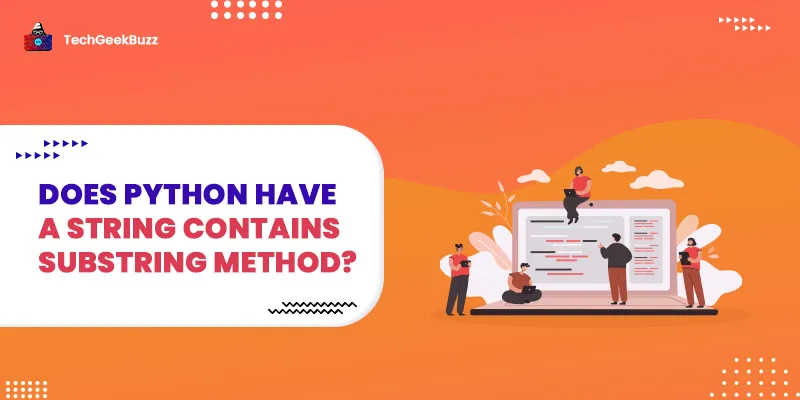
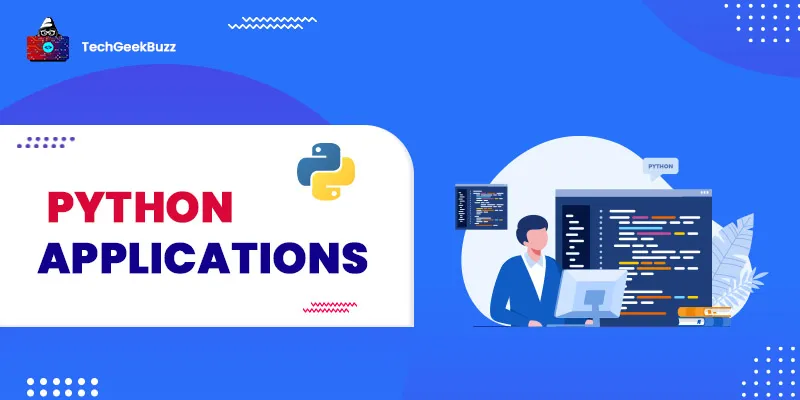
Leave a Comment on this Post